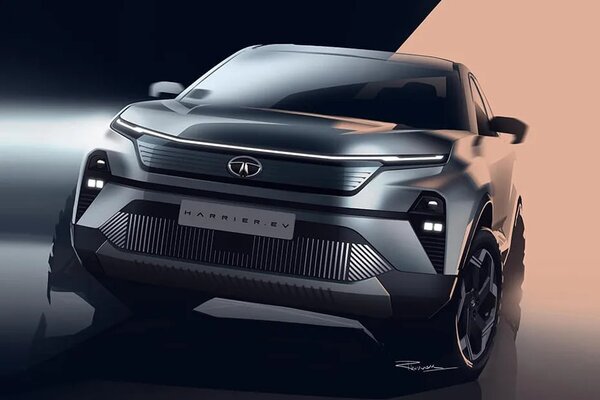Stellantis bets big on flex-fuel and ethanol amid EV surge


While the automotive industry is shifting towards electric vehicles (EVs), Stellantis, the conglomerate behind 14 automotive brands, is making a bold statement by investing $6 billion in South America for new internal combustion engines (ICEs) and vehicles. This move comes as Stellantis prepares to launch over 40 cars in the region and develop flex-fuel engines, designed to run on gasoline and ethanol.
The company plans to introduce vehicles with hybrid-flex and plug-in hybrid-flex setups, combining combustion engines with batteries for increased efficiency. Additionally, at least one fully electric car is expected to be produced in the region. These investments are scheduled to be made between 2025 and 2030.
Also check these Vehicles
India has shown significant enthusiasm for ethanol-powered vehicles, with the government setting a target of achieving 20 per cent blending of ethanol in petrol under the Ethanol Blending Programme (EBP) by the Ethanol Supply Year (ESY) 2025-26. According to the "Roadmap for Ethanol Blending in India 2020-25," the estimated requirement for achieving 20 per cent ethanol blending in ESY 2025-26 is approximately 1016 crore litres, which will replace an equivalent quantity of petrol. The successful implementation of an E20 program, as outlined in the roadmap, is projected to save the country approximately $4 billion ( ₹400 crore approx.) per annum.
The development of electrified flex-fuel engines is a strategic move by Stellantis, allowing multiple models across its portfolio to be accommodated. These engines will be compatible with existing production lines in South America, ensuring cost-effectiveness. New flex-fuel hybrid models are set to be released in late 2024, with some models receiving a dual-clutch automatic transmission.
Also Read : Brazil to help India in ethanol production, share tech to produce flex-fuel
Stellantis' strong presence in South America, with a market share of 31.4 per cent in Brazil and 23.5 per cent across the entire region, underscores the region's importance to the company. It is also a leader in sales in Argentina and Chile. In 2023, Stellantis sold over 878,000 vehicles in South America, maintaining its position as the leader in the commercial vehicle segment with a market share of 28.6 per cent.
Toyota has also affirmed its commitment to ICEs, announcing the development of a new family of ICEs. While emissions regulations in South America are not as stringent as in Europe, the EU's plan to ban new cars with harmful emissions by 2035 could potentially be delayed, according to Porsche Chief Financial Officer Lutz Meschke. Meschke made this statement earlier in the year in an interview with Automotive News Europe, indicating a possible shift in the timeline for stricter emissions regulations in Europe.








 100.0
100.0
 3 kWh
3 kWh


















